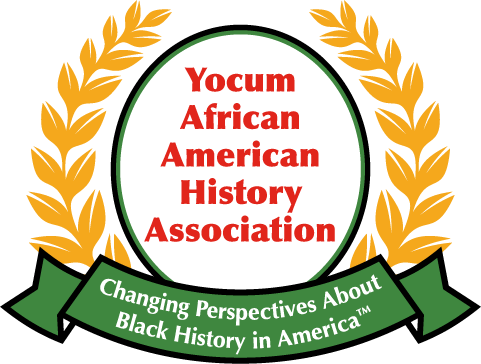Mark Twain coined the term “Gilded Age” to describe the periodic transformation from post-Civil War and a failed Reconstruction to a time of vast growth in American technology, government, society, and economy at the dawn of the 20th century. Class divisions were being defined by wealth and prosperity. Yet, society was not short on inequality, injustice, and discrimination. For African Americans, The Gilded Age brought on Black Aristocracy, especially in New York. After the draft riots of 1863, there was a “Black Exodus” from Lower Manhattan to Brooklyn, New York, where Black communities formed and became thriving, self-sufficient communities. Elites in the black communities who owned businesses were entrepreneurs, and black women also gained financial and social power. Black people were proving to be so much more than previously perceived. Education brought empowerment; empowerment brought social power, and it showed.
HBO recently began to air a show called “The Gilded Age,” which highlights the lives of two families in New York. The show also includes a prominent Black family, the Scotts, particularly their daughter Peggy. Peggy’s father owns a pharmacy, and her mother is a performing pianist. Within the community, the Scott family holds a high status. As the story develops in the series, the struggles with society show who, what, and how modern America would be shaped. Peggy is a representation of celebrated historical figures from that time.
Peggy is an example of life for a young, black, educated woman who has a friendship with the well-off niece of one of the families. She embodies ones like Ida B Wells, who documented lynches throughout America and was one of the founders of the NAACP. Susan McKinny Steward was the first female doctor in New York City. Frances Ellen Watkins Harper was a teacher, writer, suffragist, 1st African American woman to publish a short story, and a co-founder of the NAACP. Lastly, Julia C. Collins was also a teacher and wrote an unfinished book entitled, “The Curse of Caste, or the Slave Bride.” Peggy has embodied the spirit of all these women’s lives within her character’s personality as she faces a segregated world.
When you ponder this time in America, names such as Vanderbilt, Rockefeller, and Carnegie come to mind. These were the names of wealthy tycoons who drove the economy of America towards modernization. As the television show reveals, so many more drove the economy just as much as those mentioned above but not as familiar. One example was Timothy Thomas Fortune, born into slavery and an advocate for racial and economic equality. His father was a Republican politician during the Reconstruction era. Later, he was educated at Howard University and pursued a career in Journalism. In the 1880s, he arrived in New York, working his way up to being a well-known journalist and an agitator of the White press. He later was editor of The Negro World after Marcus Garvey was imprisoned. Once owned, the newspaper became The New York Age.
The newspaper was very prominent, and the work Fortune did influence movements and advocators for Civil Rights. His newspaper featured works of Ida B. Wells and other activists dedicated to African Americans’ lives. As a published poet, Fortune wrote on pride and racial injustice. He was prosperous during this time and can be seen portrayed in the HBO series.
In conclusion, the Gilded Age was a time of extravagance and struggle—when America grappled with its newfound wealth, power, and social complexities. Considering the historical context of the Gilded Age and the portrayal of Peggy in HBO’s “The Gilded Age” series, it is clear that education, empowerment, and social power were crucial for breaking down barriers and overcoming discrimination. Peggy’s character shows us that the Black Aristocracy was not just about wealth and prosperity but also about the emergence of strong, educated, and empowered black people who fought for equality and justice. As we continue to face issues of inequality and discrimination in our own time, we can draw inspiration from the stories of Peggy and other celebrated figures from the Gilded Age.

